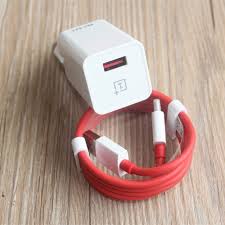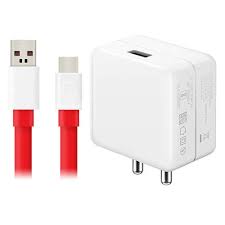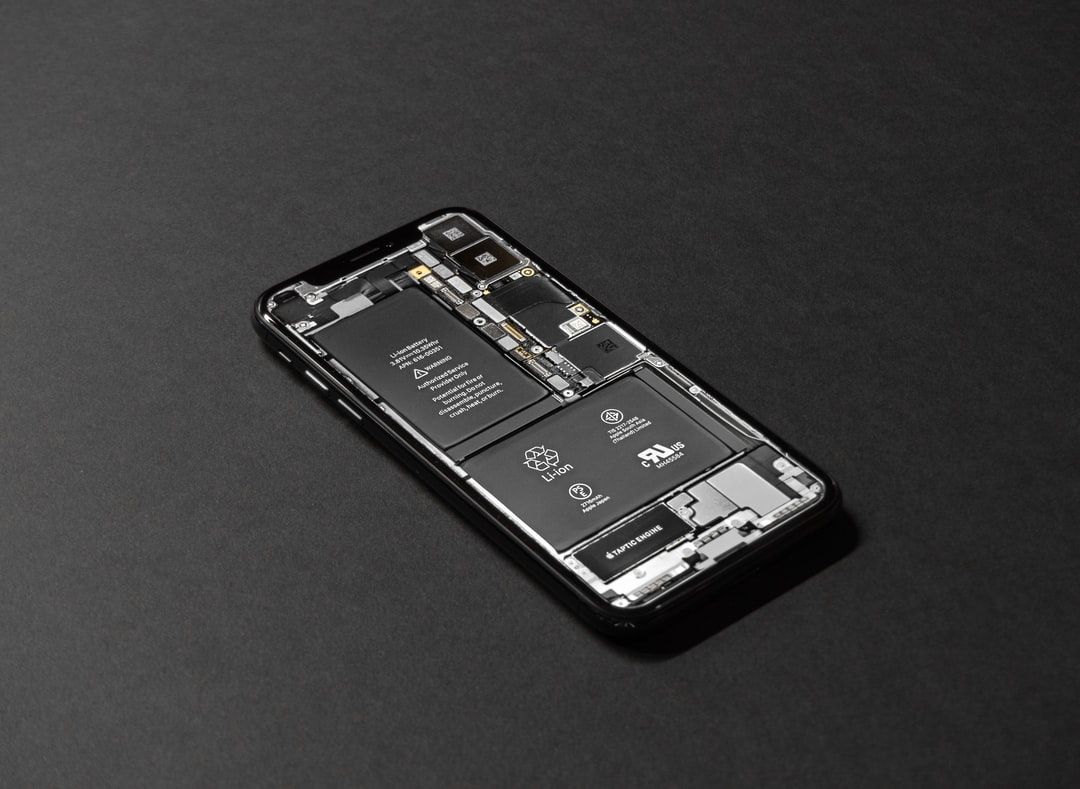Everything you need to Know about Oneplus Dash Charger in Kenya (Nairobi)
OnePlus rolled out Dash Charge back in 2016 with the
OnePlus 3 and 3T, with the 20W charging standard allowing devices like the
OnePlus 6T to go from zero to 60% charge in just 35 minutes. Starting from the
OnePlus 6T McLaren Edition, however, OnePlus has switched to the Warp Charge moniker while offering even faster charging speeds.
OnePlus is quoting charging speeds going from flat to 50% in just 20 minutes with Warp Charge, and a full charge in under an hour. Warp Charge has been standard on all OnePlus phones for over a year, and on the OnePlus 7T, OnePlus introduced an updated version of Warp Charge called Warp Charge 30T that's able to deliver a 30W charge for longer, allowing the phone to top up from zero to 70% in just 30 minutes.
And with the OnePlus 8 Pro,
OnePlus is finally rolling out wireless charging. Dubbed Warp Charge 30
Wireless, the wireless charging standard delivers the same 30W charging
speeds as the wired solution.
While there are other fast charging solutions that let you
top up your battery quickly, the advantage with OnePlus' implementation
is that it doesn't overheat your phone. That's because most of the
charging circuitry is offloaded onto the wall unit. Like Dash Charge,
Warp Charge is based on OPPO's Super VOOC charging standard, and is
different from the majority of quick charging options available today.
Here's what you need to know about Warp Charge 30T, and the latest Warp Charge 30 Wireless.
A standard smartphone battery is highly reactive, which is why phone
companies have several safeguards built into the charging circuitry.
Lithium-Ion batteries are able to take in more power initially, tapering
out as the charge builds. It is on this principle that fast charging
works.
Qualcomm's Quick Charge
technology delivers a higher voltage to the battery to expedite
charging time. Quick Charge 4.0 is fully compliant with the USB-C Power
Delivery (PD) spec, and is 20% faster and up to 30% more efficient than
Quick Charge 3.0. Qualcomm has introduced a power management algorithm
called Intelligent Negotiation for Optimum Voltage (INOV) to ensure
better temperature regulation, along with safeguards to protect against
overheating and overcharging.
Qualcomm claims that with its parallel charging technology, you'll be
able to use your phone for five hours with just a five-minute charge.
The chip vendor licenses the technology to third-party OEMs, but more
and more brands are rolling out their own solutions. Samsung, for
instance, switched to USB Power Delivery's Programmable Power Supply
(PPS) spec for the Galaxy Note 10 series, offering 45W wired charging.
The same tech is seen in this year's Galaxy S20 Ultra.
Meanwhile, OPPO has its own fast charging solution dubbed SuperVOOC
(Voltage Open Loop Multi-step Constant-Current Charging). The fast
charging system is used in the likes of the the Find X2 Pro,
Reno series, and other OPPO flagships. With the Find X2 Pro, OPPO is
offering an insane 65W fast charging solution, with the brand relying on
a bi-cell configuration (there are two 2130mAh batteries in the phone)
and delivering 10V over 6.5A. The result? You'll be able to charge the
battery on the Find X2 Pro from zero to full in just 38 minutes.
OPPO licenses SuperVOOC to OnePlus and Realme, with all three companies falling under the BBK umbrella.
OnePlus' Warp Charge uses the same underlying tech, with the only
difference being the branding and the distinctive red charging cable.
OPPO uses dedicated circuitry in the charger itself for heat
management and dissipation, which is why you can only get the quoted
charging speeds with its own wall plug. That's why on Warp Charge,
you'll have to use the bundled wall charger or the car charger to get
30W charging speeds.
The key difference between SuperVOOC and Quick Charge is that while
Qualcomm uses higher voltages to charge batteries, OPPO relies on
delivering a higher amperage. For instance, Quick Charge 3.0 goes up to
6.5V at 3A, creating 19.5W, whereas Warp Charge delivers 5V at 6A to
attain 30W. But because all the associated circuitry is in the wall
unit, you'll get all the advantages of fast charging without any of the
downsides (overheating).
One of the main benefits of Warp Charge 30T is its ability to keep
temperatures low while charging. The fast charging option allows you to
watch videos or play games while the phone is charging, with no net drop
in charging speeds. That isn't the case with Quick Charge, as the
higher voltages invariably lead to the phone reverting to normal speeds
to prevent overheating.
In fact, OnePlus is actively touting Warp Charge's efficacy in this
area, stating that the charging standard will deliver up to a 52% charge
in 30 minutes while gaming. With the screen off, Warp Charge 30T will
be able to charge the battery from flat to 70% in 30 minutes, and a full
charge in an hour flat.
With Warp Charge, you don't have to worry about your phone overheating.
Even though the OnePlus 8 can charge up to 50% in just 20 minutes, it
takes an additional 40 minutes to fully charge the battery. That's to
prevent damage to the battery (and more importantly, you), with the wall
charger limiting output at 2A after hitting 75% and going even lower
after reaching 85%. The microcontroller unit inside the phone constantly
monitors the charge level to determine the desired amperage to be
delivered. This is a good thing, because it ensures that everything
doesn't burn down when you plug your phone in overnight.
The main disadvantage with Warp Charge 30T is that you need to use
OnePlus-branded chargers to get the advertised speeds, as OPPO is yet to
license the technology to third-party vendors. You can use
other chargers to top up the OnePlus 8 and 8 Pro — it offers USB PD —
and use the Warp Charge wall charger with other devices, but in both
cases they will fall back to a lower charging speed.
Oneplus Dash Charger price in Kenya is expected to be K Sh. 3,500.
OnePlus Dash Charger Parameter:
- OUTPUT: 5V 4A.
- INPUT: 100-240V~50/60Hz 0.6A.
- Compatible for OnePlus 5, OnePlus 3T or OnePlus 3, Oneplus 5, Oneplus 5T, Oneplus 6, Oneplus McLaren, Oneplus 7, Oneplus 7T, Oneplus 7 Pro, Oneplus 7 Pro 5G, Oneplus 7T Pro 5G Mclaren
















